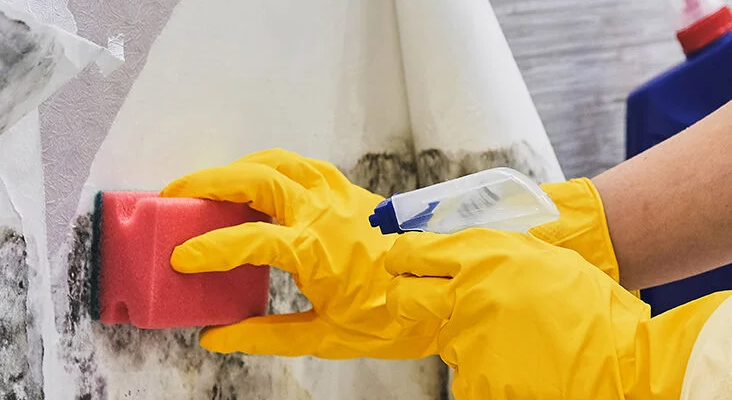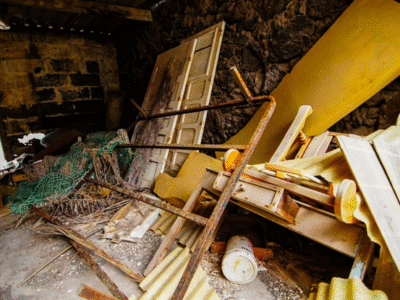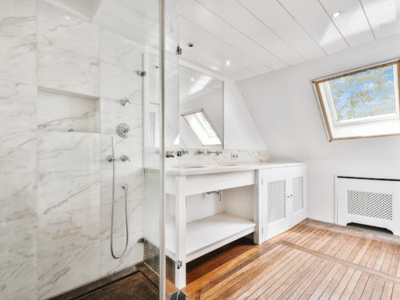Living in a humid climate, combating moisture, and preventing mold growth are challenges we face daily. As professionals in the field, we’ve seen the damage and health issues that unchecked mold can cause. We’re here to share our knowledge and practical tips to help you keep your home or business mold-free.
How can you identify problematic areas before they become a larger issue? What tools and strategies should you employ to control and prevent mold growth? Stick around, as we’re about to explore the answers to these compelling questions and more.
Understanding Mold in Humid Climates
In humid climates, we’re often up against a persistent enemy: mold. It’s a sneaky invader that takes advantage of damp areas in our homes and offices. Understanding how mold thrives in these environments is our first step in combating it effectively.
Mold is a type of fungus that reproduces via tiny spores that are invisible to the naked eye. These spores float in the air and can easily enter our homes through windows, doors, or even hitch a ride on our clothing. When they land on a moist surface, that’s when they start to grow.
Humidity provides the perfect conditions for mold growth. The moisture in the air condenses on cool surfaces, creating a damp environment where mold can thrive. When humidity levels consistently stay above 60%, we’re practically rolling out the welcome mat for these unwanted guests.
It’s also important to realize that mold doesn’t discriminate based on surface. It can grow on just about anything, as long as it’s damp – from wood and wallpaper to carpets, insulation, and even your favorite leather jacket. So, we’re not just talking about that fuzzy green stuff you find on bread.
Understanding mold and the conditions it loves is crucial in our battle against it. It’s not enough to clean up visible mold; we’ve got to tackle the source of the problem – the humidity. In our next section, we’ll talk about practical ways to reduce humidity and prevent mold growth in our homes and workplaces. By getting to grips with this information, we’re arming ourselves with the knowledge we need to keep our environments mold-free.
Essential Tools for Mold Prevention
Armed with knowledge about mold’s affinity for humid environments, let’s now explore the essential tools we can use to prevent its growth. The first tool we’d recommend is a good quality dehumidifier. It reduces the level of humidity in your home, making it less inviting for mold to thrive. When buying a dehumidifier, consider the size of your space, as capacity matters.
Another important tool is an air purifier. It filters out mold spores from the air, preventing them from settling on your surfaces and multiplying. Look for purifiers with a HEPA filter, as they’re proven to remove up to 99.97% of particles that are 0.3 microns in diameter or larger.
Hygrometers, devices that measure the amount of humidity in the air, are also essential. They’ll let you know when the humidity level is high, so you can take action before mold has a chance to grow.
Don’t overlook the power of ventilation, especially in high-moisture areas like the bathroom and kitchen. Exhaust fans pull moist air out of the room, helping to dry out the environment.
Mold-resistant paints and primers are also useful tools. They contain antimicrobial ingredients that prevent mold from growing on your walls.
Cleaning supplies like mold-killing products can be a big help. Regularly disinfecting high-risk areas can stop mold before it starts. If the mold gets out of control and is covering a larger area than ten square feet, contacting a professional mold remediation company is a good step to prevent additional growth and minimize health risks.
In short, a combination of dehumidification, purification, monitoring, ventilation, and regular cleaning can provide a robust defense against mold growth. With these tools, we’re well-equipped to keep our homes healthy and mold-free, even in the most humid climates.







Comments